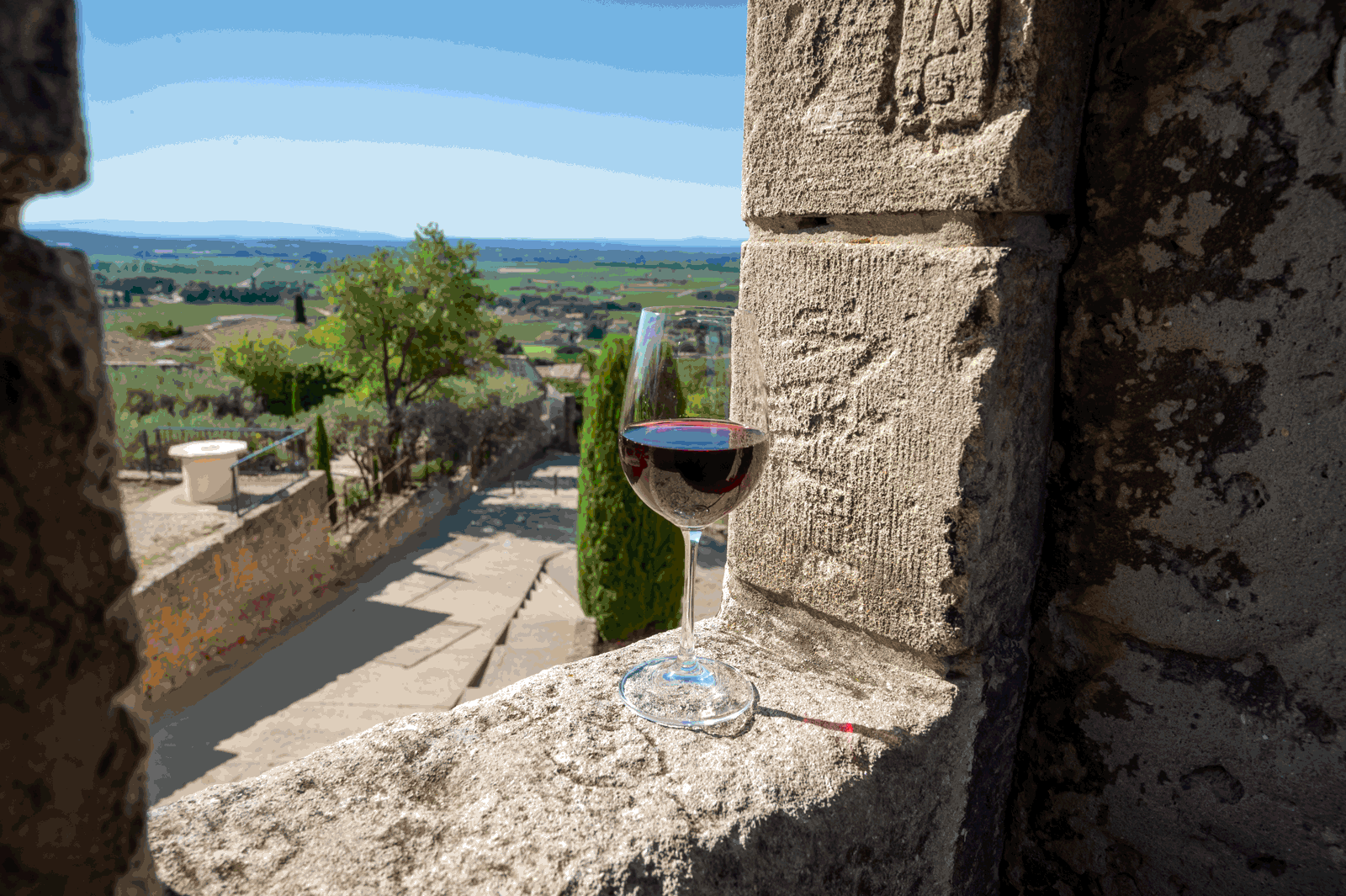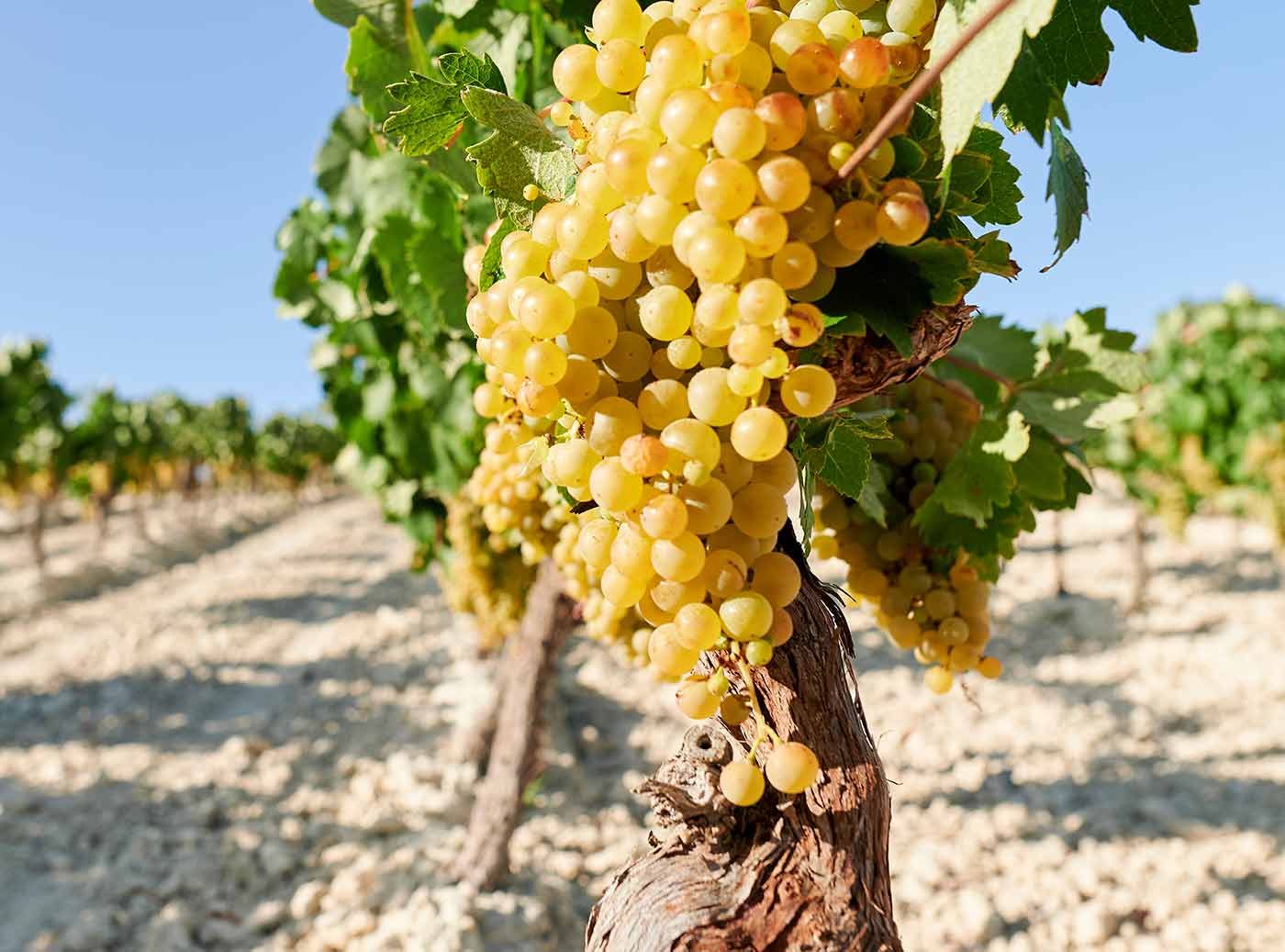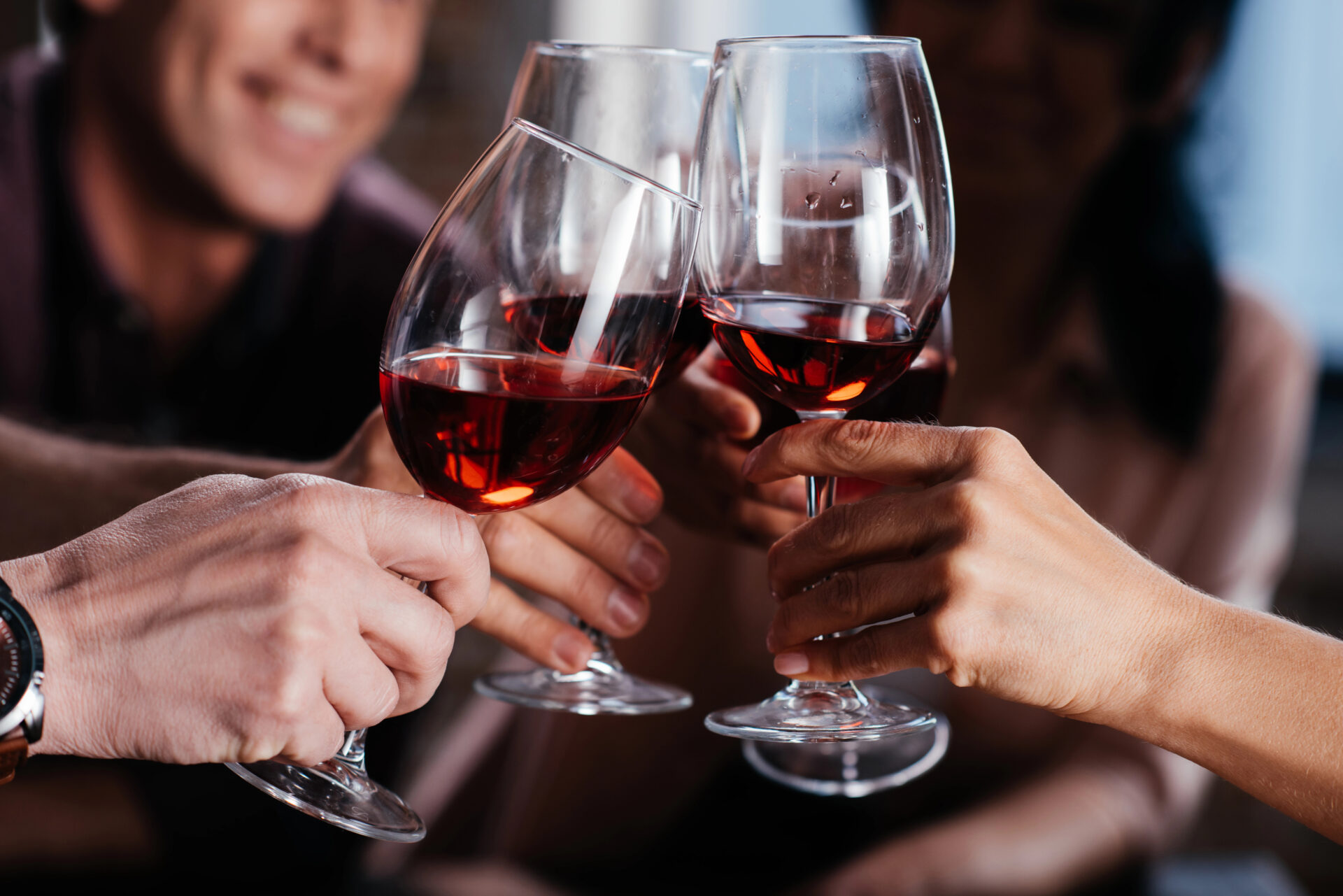Visiting and Tasting Chateauneuf-du-pape

The centerpiece of Southern Rhone Valley is Châteauneuf-du-pape. The name means the new house of the pope, because in the 14th century, Pope Clement, who was French, moved the papacy to Avignon, France, and had a summer house (that was as much a fortress as a house), built on the high ground overlooking what is now the village of Châteauneuf-du-pape. At the time, the wines produced in the area were mostly consumed locally, as the pope, and several successive popes, preferred wine from Burgundy. The popes not only liked Burgundy wine, but apparently took an active interest in the development of vineyards in the area around Avignon, where the papacy was headquartered.
Five hundred years later, Châteauneuf-du-pape is producing great wines. In the early part of the 20th century, wine fraud was common in France, and the beginning of the Appellations d’origine (AOC) concept began in Châteauneuf-du-pape in 1923. So we can conclude that by 1923, the wine here was good enough that people were trying to sell fake bottles of Châteauneuf-du-pape.
Consider that as a backdrop, so when I visited Châteauneuf-du-pape in 2017, I expected something similar to the grandeur of the champagne houses in Epernay. Instead, I discovered a small French village that seemed unaffected by the reputation of the wine produced in the region. The population at that time was a bit over 2000 people, and the town was surrounded by vineyards in every direction. Mind you, this discovery was not a disappointment. I was reminded that growing grapes and making wine is an agricultural pursuit. We walked through the town, on narrow winding streets. Most of the time you could see the ruins of the papal castle standing over the town, but soon we began to smell something delicious cooking farther down the street.We were looking for a wine shop where we thought we had booked a tasting. Eventually we found the shop and the source of the delicious smelling food, but both were a temporary disappointment. The shop was at the address of the tourist location for booking a tasting, but our tasting was to take place at a winery on the outskirts of town. The delicious smelling food was originating from a cooking class adjacent to the tourist shop, so we would have to wait to sample similar food from a bistro after our tasting. This experience taught me how anticipation can enhance the pleasure that awaited, and why food that smells delicious usually is exceptional.
Armed with directions to the winery, we drove off and within minutes found our destination. The wines of Châteauneuf-du-pape are like fine French meals, a marriage of many ingredients which lead to something greater than the sum of all the parts. There are thirteen different grapes that are permitted in the blending of Châteauneuf-du-pape wine, and some winemakers use many, if not most of them. My impression, is that the winemakers of Châteauneuf-du-pape are like master chefs, searching for the precise combination of flavors and complexity that produces a masterpiece! As you taste their wine, imagine the skill involved in blending these different grapes together, and you will truly appreciate the magnificence of Châteauneuf-du-pape wine. But, if you get a chance, visit the village of Châteauneuf-du-pape, so you can enjoy the wine in its natural habitat with a meal in a local bistro. You won’t regret it!






Leave a Reply